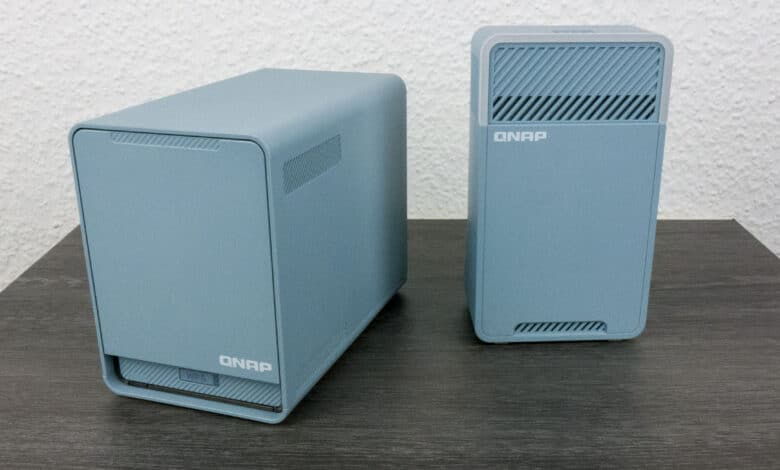
And here we go again: A move is imminent and once again no LAN cables have been laid. What are the alternatives? Well, in the meantime there are many options from DLAN or WLAN mesh networks, but there are still big differences. We have specifically compared two mesh systems here. One existing combination of a FRITZ!Box 7490 with a FRITZ!Repeater and on the other side the system from QNAP consisting of QMiroPlus-201W and the QMiro-201W. First, let’s take a closer look at the QNAP mesh system.
Design and workmanship
When it comes to design, the color choice of QNAP’s two devices in particular is anything but standard. The Morandi blue certainly won’t appeal to everyone, but it’s still not too flashy. Otherwise, the design is pragmatic and less detail-oriented. The ventilation slots are sensibly placed and allow for a fanless design without degrading the looks. However, what might be lacking in the extravagant design is definitely made up for in the workmanship. Both devices are without any flaws and very well tuned. The NAS in particular contains many components that can be removed without any problems and still remain firmly in place when they are supposed to. But enough about the looks, now it’s about the technology.
Technical details
| Product | QMiro-201W |
| Connections | USB 3.2, WAN port, LAN port |
| Connectivity | TriBand WiFi, Bluetooth 5 |
| Features | NAT, QVPN, QuWAN, WiFi handover, setup app, router /AccessPoint mode and more |
| Hardware | Qualcomm IPQ4019, 512MB DDR3 |
The QNAP mesh system consisting of the QMiroPlus 201-W and the QMiro-201W offers various features. Especially the QuWAN MeshVPN feature should not be relevant for most, but is quite interesting, because so the topic of home office can also be solved quite differently. Especially in Germany, such features could be very useful. The feature that is probably the most pleasant is the WiFi handover. Switching between different rooms without losing a connection is not always a matter of course, but it is almost normal nowadays. However, what might be the most significant feature is the tri-band Wi-Fi. It is no longer new to be able to use the fast 5 GHz, and thus most routers now offer a 2.4 GHz and a 5 GHz network. However, communication between the individual AccessPoints and the router must then take place over this, and if the data volumes become too large, the speed naturally drops for everyone. To counteract this, the QNAP routers work with a dedicated 5 GHz network. This means that larger amounts of data can be transported without a network becoming busy. We’ll take a look at how the whole thing looks in practice right after the setup.
Setup
Unfortunately, setting up the system is not designed to be as simple as it could be. While there is an app to download via a QR code that actually does everything for you, it didn’t really work. On a Huawei P20 Lite, the app crashed right after you started the first step of looking for a device to connect. However, everything ran smoothly on an iPad. It is well explained which steps are to be executed. The problem, however, is that you can’t select what the currently connected device should be configured as, and so it’s always considered a router. So with some know-how it was much easier to configure the devices “per-hand”, i.e. via the available web browser.
Web browser
Well as already mentioned, the app is helpful, especially if you have no idea what to configure how, but the real power is just in the many features. The web interface is very clearly designed and offers all information at a glance. As a layman, you might be a bit overwhelmed with the data, tabs and setting options, but I assume at this point that you have at least had something to do with network technology. Especially with an existing system, it is super easy to add another “node” to the mesh system and improve the WLAN coverage accordingly. But enough about the setup, now let’s have a look at what the system can really do!
Practical test
Of course, the connection quality is also crucial. For both systems, all you need is a power outlet. Still, it’s a bit tricky with positioning in a 5 GHz mesh network. The QMiro-201W does use the LED to indicate the quality of the connection, but you usually don’t have a power outlet available everywhere or a place to put the device. This changes with 2.4 GHz, because this system has a higher range, but the speeds and stability still decrease with increasing distance. For illustration here also the positioning of the devices within the dwelling. The yellow dot was the first attempt at placement, but it already had less than optimal connectivity.
Now after the theory and the configuration it can finally come to the test. As already mentioned in the beginning, the comparison to a Fritz system is used here. The comparison is of course immediately occupied by an imbalance, since the existing Fritz system only works with a 2.4 GHz network, but the QNAP has the 5 GHz network active. The Windows hardware properties of the two networks already show clear differences between the two frequencies. Well, that’s simply where we get to the big advantages of QNAP’s mesh system. Within it, the 5 GHz networks can fully unleash their power. Data transfer in the system runs at high speeds and leaves nothing to be desired. Data is exchanged quickly, pictures from the NAS load almost directly. Even when several devices are connected to the mesh system in parallel and demand their power.
In general, of course, the use is not limited to the local network, but you also need a good Internet connection and the appropriate transmission to the local network. I myself also “only” have a 100 Mbit contract. However, there are still huge differences, even though the connection speed of the 2.4 GHz network should actually be sufficient. Here you can see what QNAP’s tri-band connection can do on a small scale.
Summary of QNAP mesh system review
So now what can we conclude about the mesh system? It offers an incredible amount of advantages especially when it comes to data transfer within your own network. Very high speeds can be achieved when it comes to data transfers. Even though other 5 GHz networks can of course do the same, QNAP simply offers a notch more with the tri-band.
The other features testify to a well thought-out system, such as the QuWAN or even the quite user-friendly operation, as far as the browser is concerned. Also the app, which when it works, pretty easily let you set up the devices as routers. The downside, however, is that probably most of the features cannot be fully utilized. In addition, the price is a bit high, especially considering the last point. However, if more features are used, the system is worth the money.
QMiro-201W Router
Workmanship
Setup and usability
Features
Practice
Value for money
94/100
The system has many really good features and good quality with high connection speeds, but is also quite expensive if not all features are used.

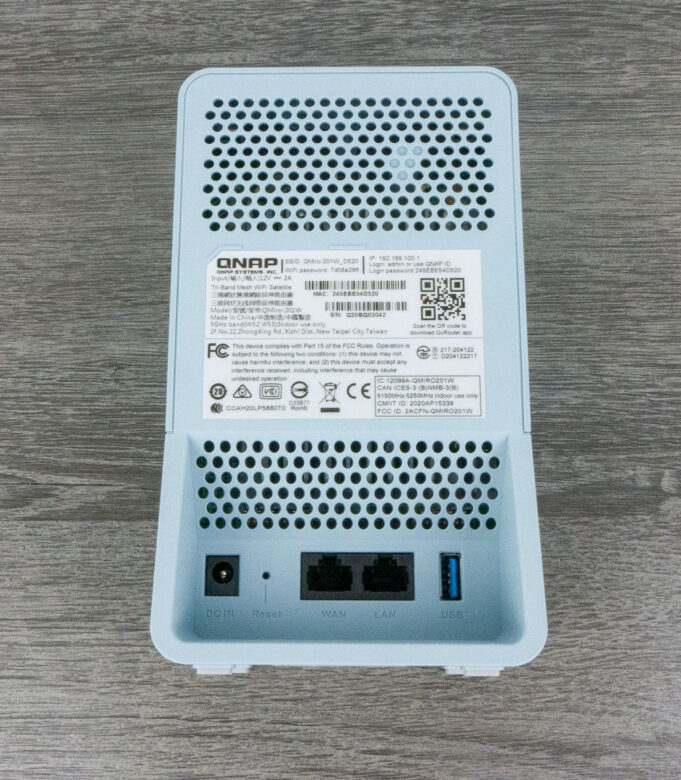


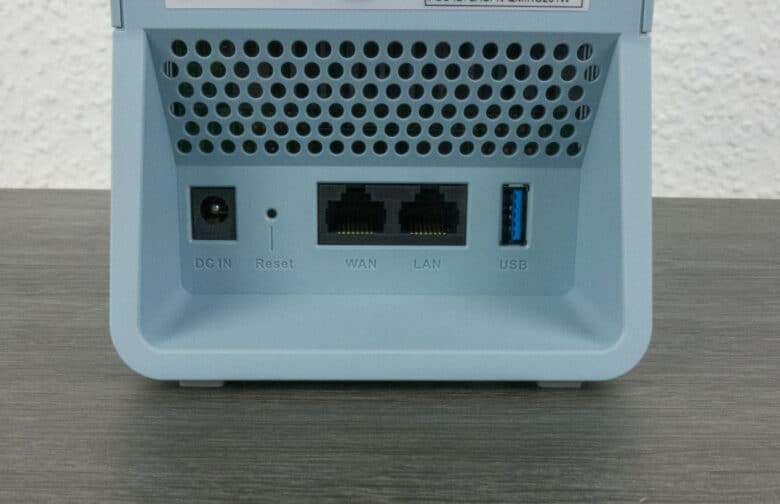



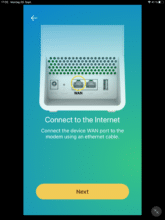



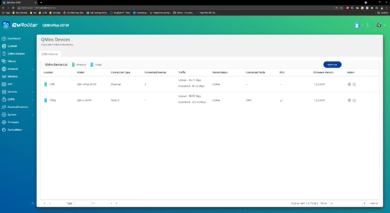



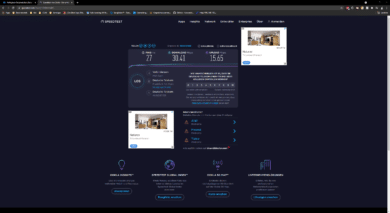
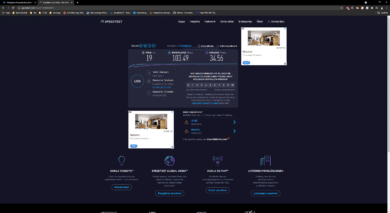
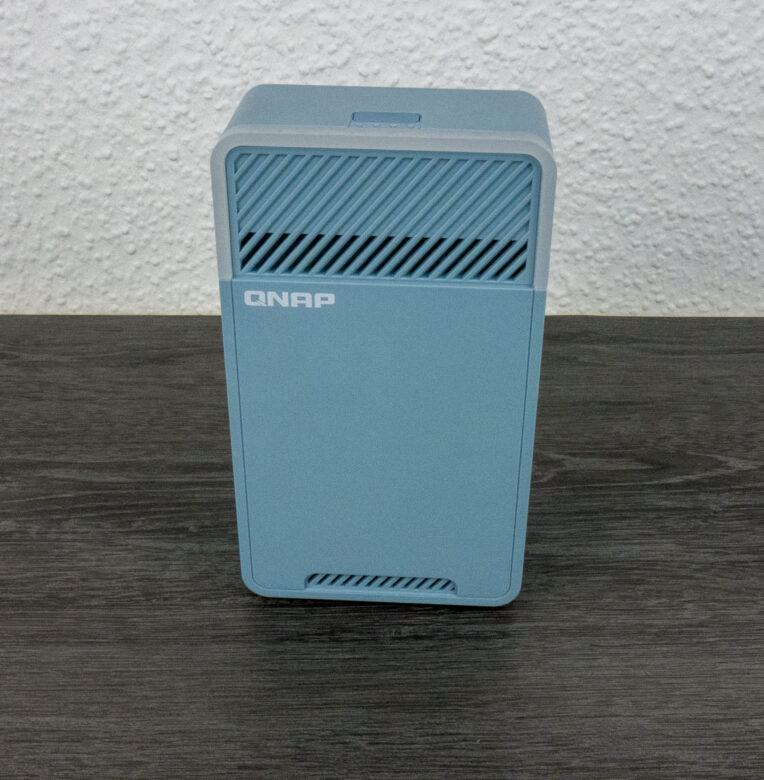

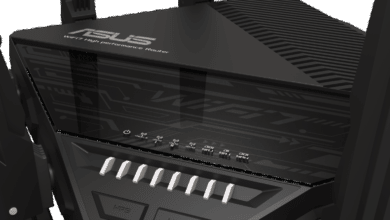
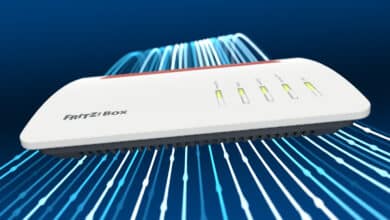


No replies yet
Neue Antworten laden...
Neues Mitglied
Beteilige dich an der Diskussion in der Basic Tutorials Community →